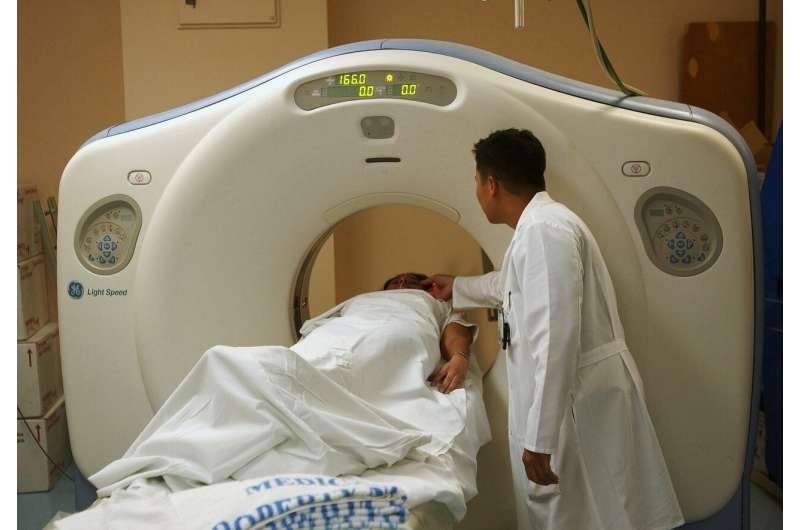Advancements in At-Home Cervical Cancer Screening Through Protein Biomarkers

Innovative research validates cellular protein biomarkers, paving the way for affordable at-home cervical cancer screening methods to improve early detection and treatment worldwide.
Researchers from the University of Florida Health Cancer Center and Purdue University have made significant progress toward developing a simple, at-home testing method aimed at early detection and prevention of cervical cancer. The study, published in the journal Cancers, demonstrates the validation of four cellular proteins that are more prevalent in swabs from women with high-grade precancerous lesions and tissue samples from affected patients.
Cervical cancer remains the fourth most common cancer among women globally, yet early detection substantially increases treatment success rates. Currently, screening involves in-person Pap smears, and although the FDA has approved at-home self-collection devices that test for HPV—the virus responsible for most cervical cancers—these methods can be costly, time-consuming, and not always accessible.
The innovative approach in this research centers on measuring specific cellular proteins as biomarkers. These proteins exhibit high sensitivity and specificity in indicating precancerous lesions and differentiating subtypes of cervical cancer, aiding healthcare providers to determine the disease’s aggressiveness and tailor treatment plans accordingly. This protein-based testing could dramatically reduce reliance on complex laboratory equipment and facilitate widespread screening.
The team successfully validated these protein markers, bringing us closer to creating a standardized, portable point-of-care test. Such tests could revolutionize cervical cancer screening by providing affordable, rapid, and accessible diagnostics in various settings worldwide.
According to study senior author Sulma Mohammed, this new testing strategy has the potential to transform early-stage diagnosis and treatment, especially in regions with limited healthcare resources. The ultimate goal is to develop a scalable and effective screening tool that can be used at home, significantly enhancing early detection and prevention efforts for cervical cancer across the globe.
Stay Updated with Mia's Feed
Get the latest health & wellness insights delivered straight to your inbox.
Related Articles
Expanded Health Checkup Programs Offer Benefits for Self-Employed and Unemployed Populations
A new study reveals how expanded standardized health checkup programs significantly reduce lifestyle-related diseases among self-employed and unemployed populations, while also being cost-effective for governments. Learn about the positive health and economic impacts of targeted preventive care.
Unlocking Longevity: How Dolphin Arteries Remain Young and What It Means for Human Heart Health
Exploring how dolphins' arteries avoid aging offers promising insights for preventing cardiovascular diseases in humans. Groundbreaking research reveals the potential of dolphin blood factors in maintaining arterial health and aging prevention.
Promising Oral Medication for Treating Fatal Childhood Brain Disease
A new oral drug, leriglitazone, shows early promise in reversing or halting the progression of fatal childhood brain disease cALD, offering hope for safer, more accessible treatment options.
Understanding CT Scans: Essential Questions to Ask Your Doctor
Learn essential questions to ask your doctor about the necessity and safety of CT scans, including alternatives and radiation risks, for informed healthcare decisions.



